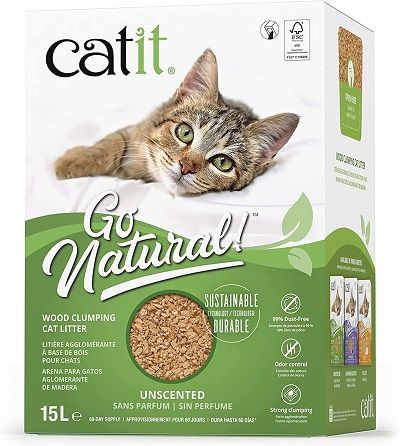When it comes to cat litter, most owners prioritize odor control and ease of cleaning. But the environmental cost of conventional clay based litters often strip mined and non-biodegradable has prompted a shift toward more sustainable alternatives. Natural cat litter, once considered a niche product, has evolved into a high-performance solution that meets both ecological and practical needs. The key lies in its composition, sourcing, and how it interacts with feline behavior.
Unlike traditional litters made from sodium bentonite clay, natural cat litter is typically derived from renewable materials such as corn, wheat, wood, coconut husks, or recycled paper. These substrates offer a lower carbon footprint and are often biodegradable or compostable, depending on local regulations. But sustainability alone doesn’t guarantee success. What sets modern eco-friendly litter apart is its ability to deliver on the core functions cat owners demand especially odor control and clumping.
Odor control in natural litter is achieved through a combination of absorbent fibers and natural enzymes. For example, wood-based litters often contain pine or cedar oils that neutralize ammonia, while corn and wheat varieties use plant enzymes to break down odor-causing compounds. These mechanisms work without synthetic fragrances, which can irritate sensitive feline respiratory systems. In fact, many cats prefer unscented litter, and behavioral studies suggest that strong artificial scents may deter litter box use altogether.
Clumping ability has also improved dramatically. Early versions of natural litter struggled to form solid clumps, making scooping difficult and reducing overall hygiene. Today’s formulations use finely milled plant fibers that bind moisture effectively, creating firm clumps that are easy to remove. This not only keeps the litter box cleaner but also extends the life of the litter, reducing waste and cost over time.
Texture and granule size play a critical role in feline acceptance. Cats are notoriously particular about what they step on, and litters that mimic the feel of sand or soil tend to be more readily adopted. Natural litters often offer a softer, less abrasive texture compared to clay, which can be especially beneficial for kittens or senior cats with sensitive paws. Moreover, low dust formulations help maintain air quality in the home and reduce the risk of respiratory issues for both pets and humans.
From a sourcing perspective, many manufacturers now prioritize ethical harvesting and minimal processing. Some wood-based litters are made from reclaimed lumber or sawdust, while paper-based options use post-consumer recycled material. This not only reduces landfill impact but also supports circular economies. Transparency in sourcing and production methods is becoming a key differentiator, with brands offering detailed lifecycle analyses and third-party certifications to validate their eco-friendly claims.
Behavioral enrichment is another overlooked benefit. Cats are instinctively drawn to clean, odor-free environments, and a well-maintained litter box with natural litter can reduce stress and promote consistent use. In multi-cat households, this becomes even more important, as territorial disputes often center around shared resources. A litter that performs reliably across odor control, clumping, and comfort can help maintain harmony and reduce behavioral issues.
Choosing natural cat litter isn’t just a lifestyle statement it’s a functional upgrade. It reflects a deeper understanding of feline needs, environmental responsibility, and the science behind odor management. For owners seeking a solution that aligns with their values without compromising performance, eco-friendly litter offers a compelling answer. And as innovation continues, the gap between sustainability and convenience is closing fast.
Available Kittens:

